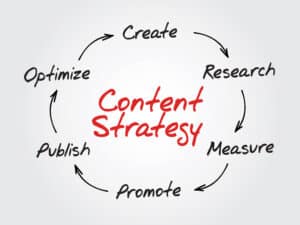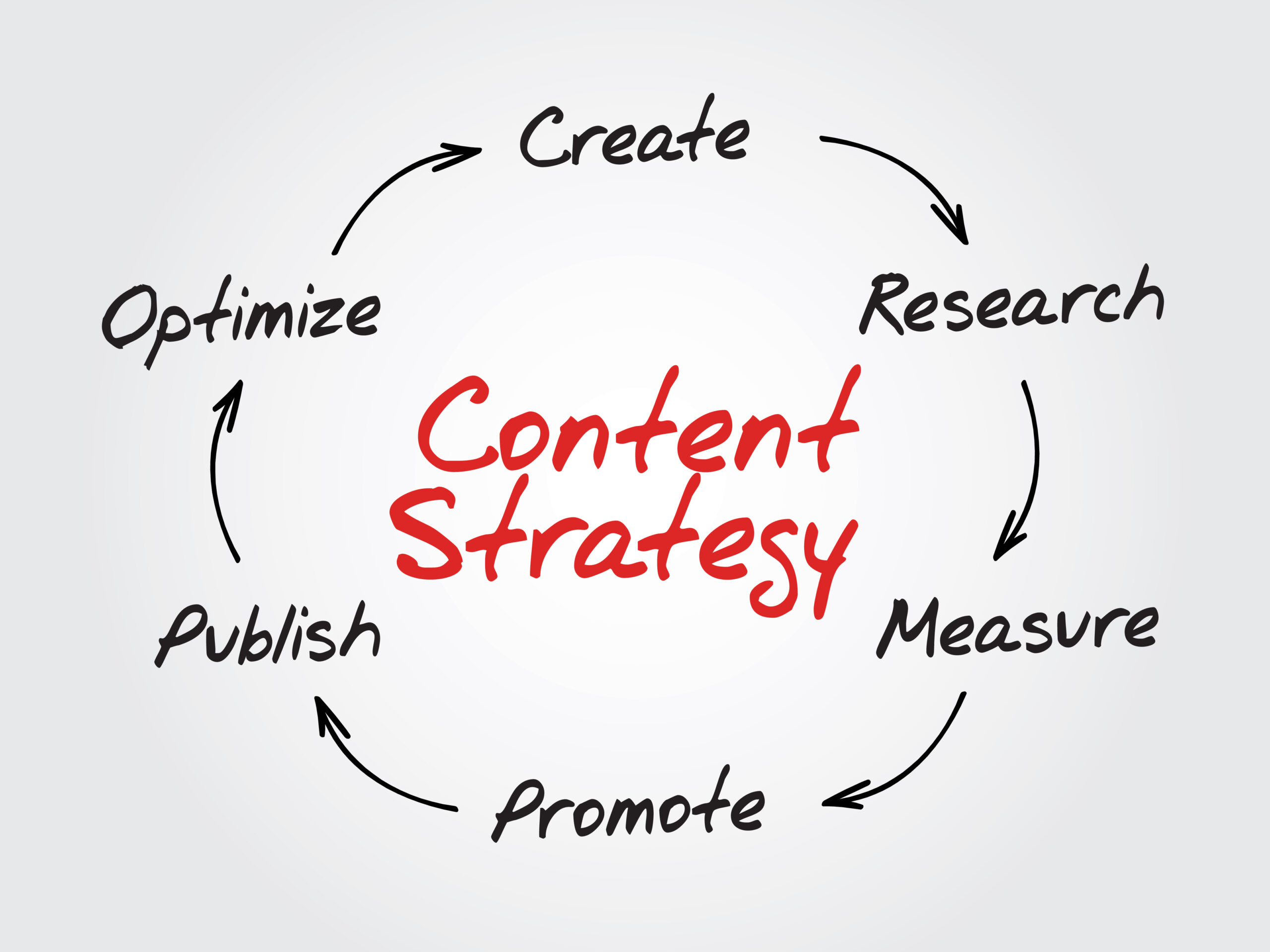Most people don’t care much about what goes on on their website, as long as they are updating it regularly. But stringing together a bunch of articles can help your business achieve better conversions and marketing results. So how do you write up a content strategy? How do you develop relevant themes that are not only trending but are also relevant to your website? And how does it impact your SEO?
How does a successful content strategy help SEO?
A successful content strategy aligns with your overall SEO goals. When you have a clear plan for creating and publishing content, you can ensure that all of your efforts are working together to help improve your website’s search engine ranking. Additionally, a well-executed content strategy will keep your website fresh and up-to-date with the latest industry news, which can also improve your SEO rank.
If you want to create a successful content strategy for your business, start by following these 14 steps:
Step 01: Define Your Goals:
Define what you want to achieve with your content marketing campaign. Do you want to increase brand awareness? Drive more traffic to your website? Increase leads or sales? Once you know your goals, you can create content that is relevant and aligned with those objectives.
Step 02: Research Your Target Audience:
It’s essential to understand who your target audience is so that you can create content that appeals to them. What are their interests? What do they care about? What type of content do they prefer? Do some market research and use this information to help guide your content strategy.
Step 03: Choose a Content Strategy Framework:
You can use various frameworks when creating a content strategy. Choose the one that best fits your business and its needs. Popular frameworks include the SMART goal framework, the AIDA model, and the PEST analysis.
Step 04: Develop Content Themes:
Once you have a framework in place, it’s time to develop content themes. These are the topics that your content will revolve around. Come up with a list of at least five themes, and make sure they are relevant to your target audience and the goals of your campaign.
Step 05: Create an Editorial Calendar:
An editorial calendar is a planning tool that helps you map out your content themes and publish dates. This will help ensure that all of your content is aligned with each other and that you are regularly putting out quality content.
Step 06: Identify Keywords:
Before creating any content, it’s important to identify keywords you want to rank for. Use keyword research tools to help you find keywords with high search volume and ones that are relevant to your business. Then, incorporate these keywords into your content wherever possible.
Step 07: Create Engaging Content:
Once you have a good understanding of your target audience and the keywords you want to rank for, it’s time to start creating content. Make sure all of your content is high quality and engaging so that readers will want to stick around until the end.
Step 08: Optimize Your Content for SEO:
As mentioned earlier, a successful content strategy can help improve your website’s SEO ranking. So make sure you are optimizing all of your content for search engines by using keyword stuffing, header tags, meta descriptions, etc.
Step 09: Promote Your Content:
Once your content is published, it’s essential to promote it on social media and other channels. This will help get your content in front of more people and increase its exposure.
Step 10: Analyze the Results:
It’s essential to track the results of your content marketing campaign so that you can see how well it is performing. Use analytics tools to measure website traffic leads generated, sales conversions, etc. This information will help you determine which types of content work best for your business and what needs to be tweaked or improved.
Step 11: Iterate and Improve:
As with any marketing campaign, it’s essential to improve your content strategy continuously. You should constantly learn new things, test different types of content to see what resonates with your target audience, and make changes as needed.
Step 12: Plan Ahead for the Long-Term:
It’s also essential to think about where you want your business to be in a year or two from now. What are some big-picture goals? How will this affect future content strategy? Make sure that everything is aligned to help support long-term success.
Step 13: Offer Value When Promoting Your Content:
One of the most effective ways to promote your content is by offering value when doing so. This could include sharing other people’s work on social media, mentioning them in blog posts or interviews, etc.
Step 14: Keep Things Fresh and Engaging:
Finally, make sure you always keep things fresh and engaging for your readers. This means publishing new content regularly, experimenting with different types of content, and using storytelling techniques to keep people hooked.
By following these steps, you can create a successful content strategy that will help improve your website’s SEO ranking, generate leads and sales conversions, and increase brand awareness. And don’t forget to continue iterating and improving upon your strategy as needed!






















